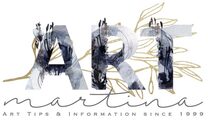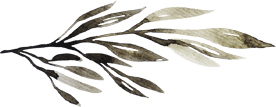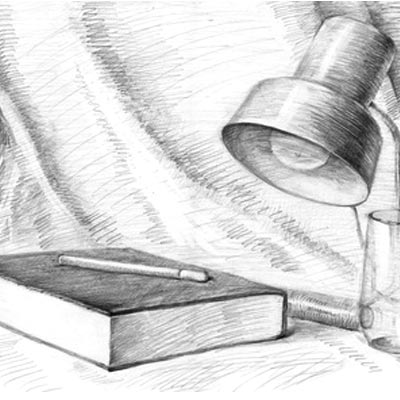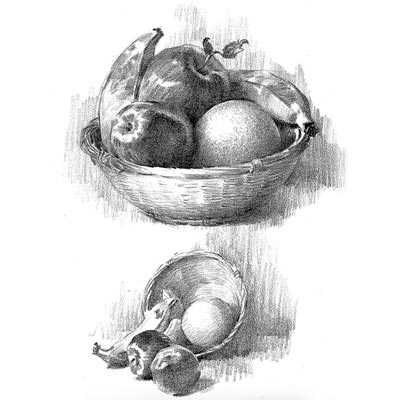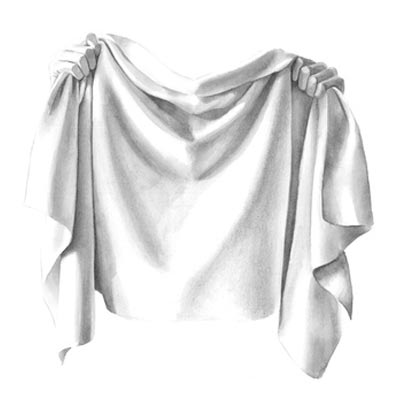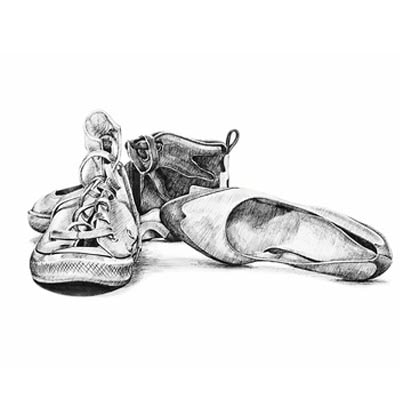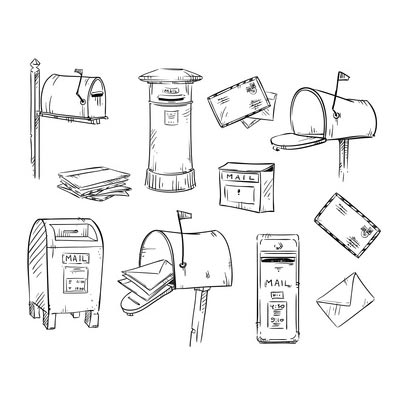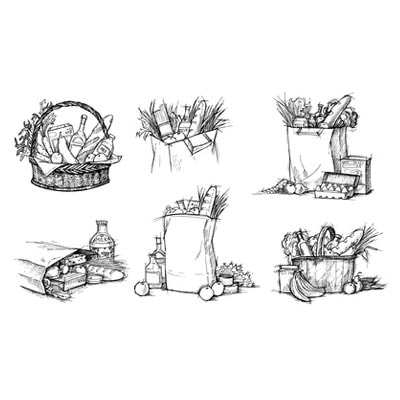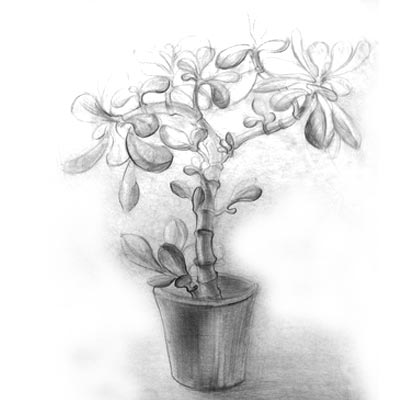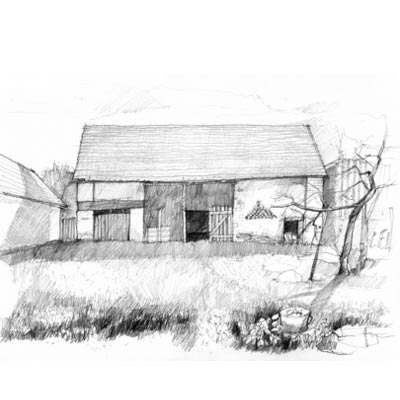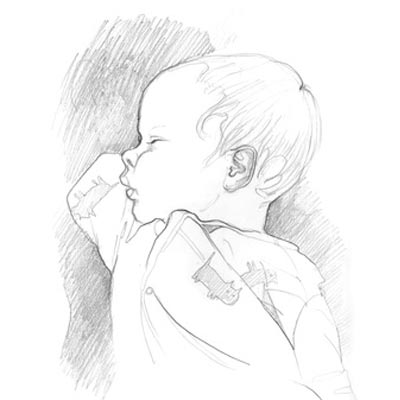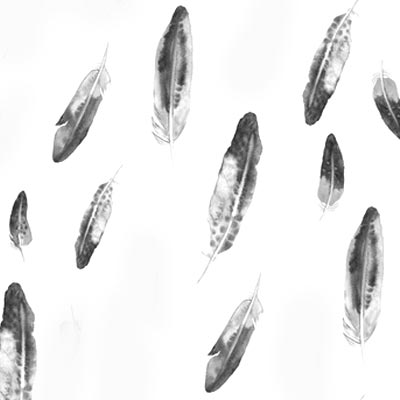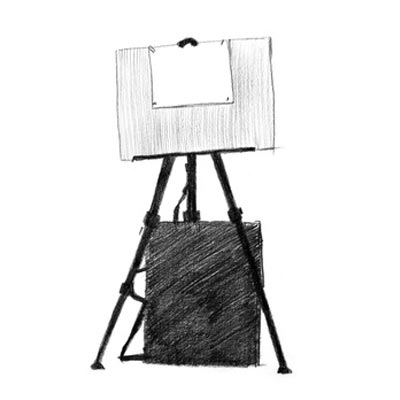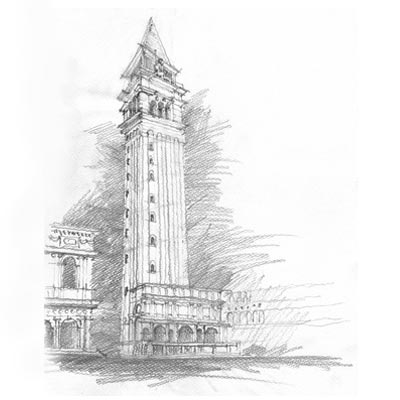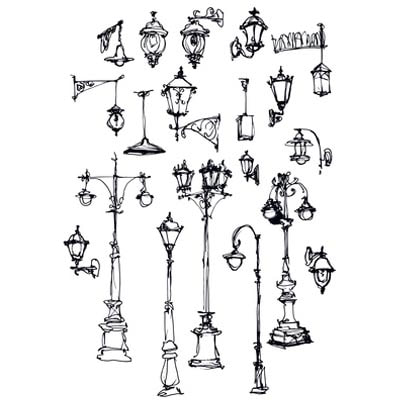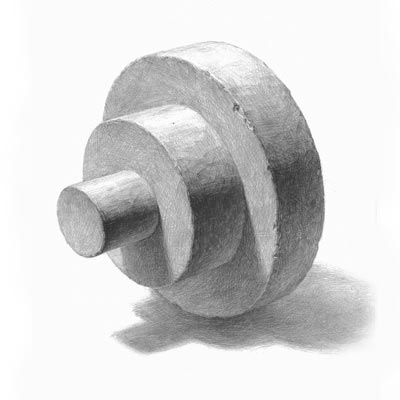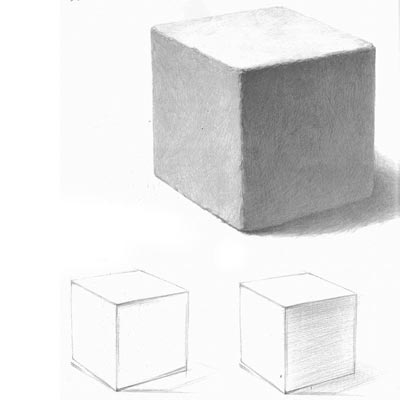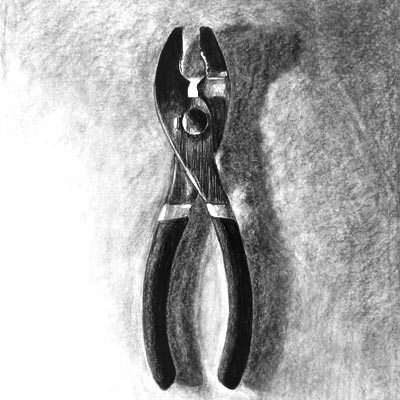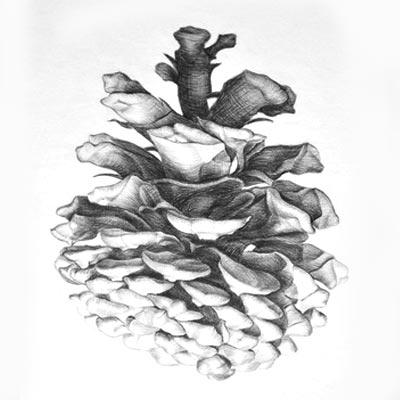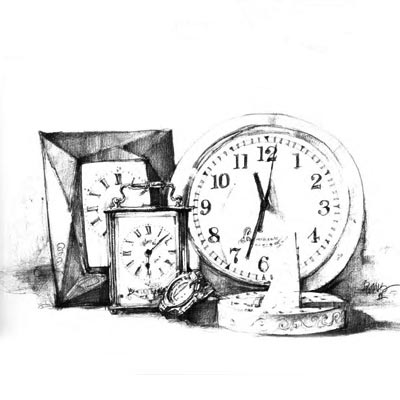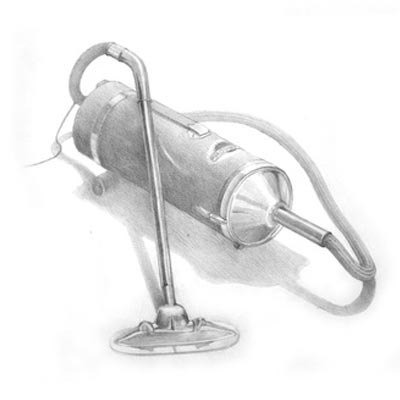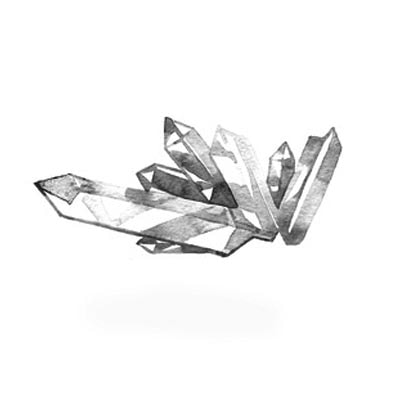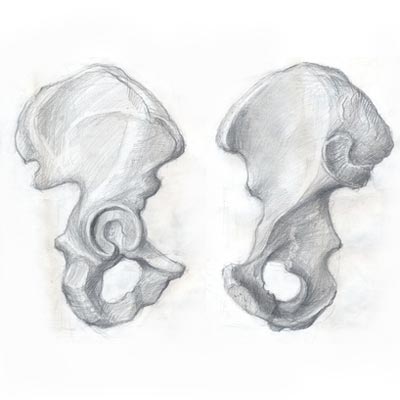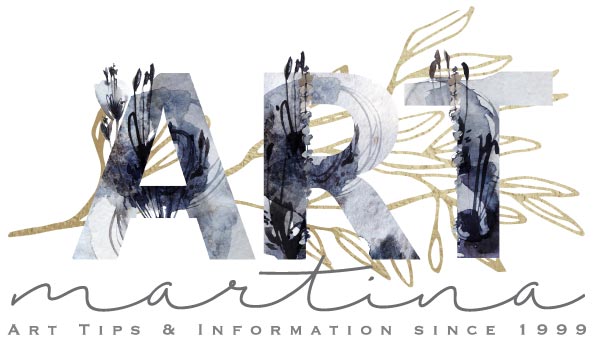- Home
-
Art Tips
- 1 Year Drawing & Painting >
-
Art Business Tips
>
- Before Starting A Business
- Earn from Your Drawings
- Pricing Your Artwork
- Art Business Planning
- Arts Marketing
- Artist Media Release
- Artist Proposal Writing
- Creative Website Writing
- Copyright (eousness)
- Organise Your Art Business
- Networking for Artists
- 5 Tips for Instagram Success
- The Power of Pinterest
- Art Is A Business
- Free Art Business Books
- Free Art Instruction Books
- Free Stockphoto Collection >
- Artists Reference Photos >
- Best Art Websites
- Book Recommendations
- Gift Ideas for Artists
- Art Magazines
- Art Organisations
- Art Accountants
- Art Competitions
- Art Infographics
- Artists Info Sheets
- Artists Signatures
- Web Tools For Artists
- Martina's Articles
-
Art Workshops | Classes
- About
- Contact
February Week 1
-
01 FEB
-
02 FEB
-
03 FEB
-
04 FEB
-
05 FEB
-
06 FEB
-
07 FEB
<
>
Draw a Book and a Lamp
Take any book, a pencil, and a small light, for example your bedside lamp and maybe a glass. Organise an interesting composition and begin to draw outlines lightly with 2H pencil.
For this exercise I want you to use gross-hatching. For this form of drawing it is important to draw lines that are in equal spaces from one another. Cross-hatching appears very quickly messy, if the lines aren't neat and parallel to one another. So play a little before adding hatching to the drawing. |
Draw a Bowl of Fruit
When organising your fruit and bowl try to set it up in such way that you have only one light source either more from the left or right. It makes the drawing more interesting. Keep some fruit within the bowl and some in front of it.
Start with a light sketch using a 2H pencil and continue by adding tonal values with darker and lighter pencils. For this exercise you are allowed to use a pure graphite pencil or even just a pen. |
Image Resource: Andrew Loomis
|
Draw Some Drapery
Take a piece of cloth, something smooth and if possible in white. Either let someone hold it up for you, take a photo and draw it from there, or even better place it on a table with something underneath to lift it off the table a bit and draw the folding.
The most important factor when drawing drapery is to observe hard and soft edges. You can see on the first fold on the left that its final edge is sharp because something is behind it. On the fold itself, however, lines are somewhat softer depending on the roundness of the fold. Use hard pencils to achieve softness. |
Draw Your Shopping Bag
Take your weekly shopping items and place them in a basket or paper bag. Then create an interesting composition and put some objects in front of the container to form overlapping objects.
Then draw in the usual manner of outlining the objects with some contour line variations and begin shading. |
Catch Up Day
Today you can either rest, or try to finish some of the uncompleted work due for this week.
February Week 2
-
08 FEB
-
09 FEB
-
10 FEB
-
11 FEB
-
12 FEB
-
13 FEB
-
14 FEB
<
>
Draw Ribbons
Yesterday we used little detail. Today the idea is to draw a low key image, which means keeping the image altogether with darker tonal values.
You will use mostly the darker pencils from HB to 6B, but keep them very sharp at all times, so that you still get it smooth. In the darker patches you are allowed to use a paper stump to soften the feel. We usually don't do this, but we will make an exemption today. |
Draw Feathers
There are many ways of drawing feathers; they can have clear and hardy lines or can be drawn reasonably soft and more fluffy.
Today we try the smooth kind. Tonal values run softly into each other with almost no hard edges, except for the outline itself. Use mostly the lighter pencils like 4H and 2H; this creates a fluffy look. |
Catch Up Day
Today you can either rest, or try to finish some of the uncompleted work due for this week.
February Week 4
-
22 FEB
-
23 FEB
-
24 FEB
-
25 FEB
-
26 FEB
-
27 FEB
-
28 FEB
<
>
Draw a Building
Use a building from 1800 to early 1900, best with some columns or a tower.
Get your perspective right, by lining up your ruler with a line on top of the building and continue to draw the line further down. Then use a line on the bottom of the building and do the same. Where both lines meet is your horizon line. All angles of the building will go to a vanishing point on the horizon line. Vary your lines and be wild for the background lines but keep most parallel to one another. |
Draw a Simple Form
Choose a simple form for this exercise, as I want you to draw today with light cross-hatching to build up tonal value.
For the lighter sections use a 2H and for the darker a sharp HB pencil. Draw the shadow a little stronger closer to the object that you see on this example, as the cast shadow is always darker than the object that is casting the shadow unless it is much darker in colour. |
Draw a Cube
Oh no, but yes, once more. The method of delicate layering through cross-hatching is essential. Almost all classical art academies are using it.
We can't do this enough. When studying the cube, you will see how the right side of the cube is the shaded area. When you look closely, you will see that the top of that section is darker than on the bottom. That is is due to the reflecting light from the surface the cube is placed on. |
Draw a Tool
Get your toolbox out and choose a tool. Try to create light from one direction.
Outline the tool and build up layers of graphite. Use the whole range of pencils from 6B to 4H. Make sure that especially the dark pencil stays sharp at all time. For the background use the cross-hatching method. |
Catch Up Day
Today and in case there is a 29th for this month, you can either rest, or try to finish some of the uncompleted work due for this week.
February Week 3
-
15 FEB
-
16 FEB
-
17 FEB
-
18 FEB
-
19 FEB
-
20 FEB
-
21 FEB
<
>
Draw a Pine Cone
Use an image or a real pinecone for this drawing. The idea is to create most outlines, finish some sections entirely with a lot of detail and leave the rest somewhat unfinished.
Don't be overwhelmed by the detail, create some outlines and some detail and if you don't have any more time, leave it unfinished. Use the whole range of pencils from 6B to 4H to create drama. |
Draw Bones
Drawing bones is quite effective. As with drapery, it is mostly about hard and soft edges.
You will find that wherever a sudden curve or change in direction occurs, there will be a sharp line. Whereas if the form is flatter and curves only slightly you will find almost no lines but a smooth transition from light to dark or the other way around. |
Catch Up Day
Today you can either rest, or try to finish some of the uncompleted work due for this week.
Our Services |
|
MARTINA POOK © 2016-2023 | 68 Armstrong Way, Highland Park, QLD 4211 | Trading as Martina Pook | ABN 54905 254 156
- Home
-
Art Tips
- 1 Year Drawing & Painting >
-
Art Business Tips
>
- Before Starting A Business
- Earn from Your Drawings
- Pricing Your Artwork
- Art Business Planning
- Arts Marketing
- Artist Media Release
- Artist Proposal Writing
- Creative Website Writing
- Copyright (eousness)
- Organise Your Art Business
- Networking for Artists
- 5 Tips for Instagram Success
- The Power of Pinterest
- Art Is A Business
- Free Art Business Books
- Free Art Instruction Books
- Free Stockphoto Collection >
- Artists Reference Photos >
- Best Art Websites
- Book Recommendations
- Gift Ideas for Artists
- Art Magazines
- Art Organisations
- Art Accountants
- Art Competitions
- Art Infographics
- Artists Info Sheets
- Artists Signatures
- Web Tools For Artists
- Martina's Articles
-
Art Workshops | Classes
- About
- Contact
